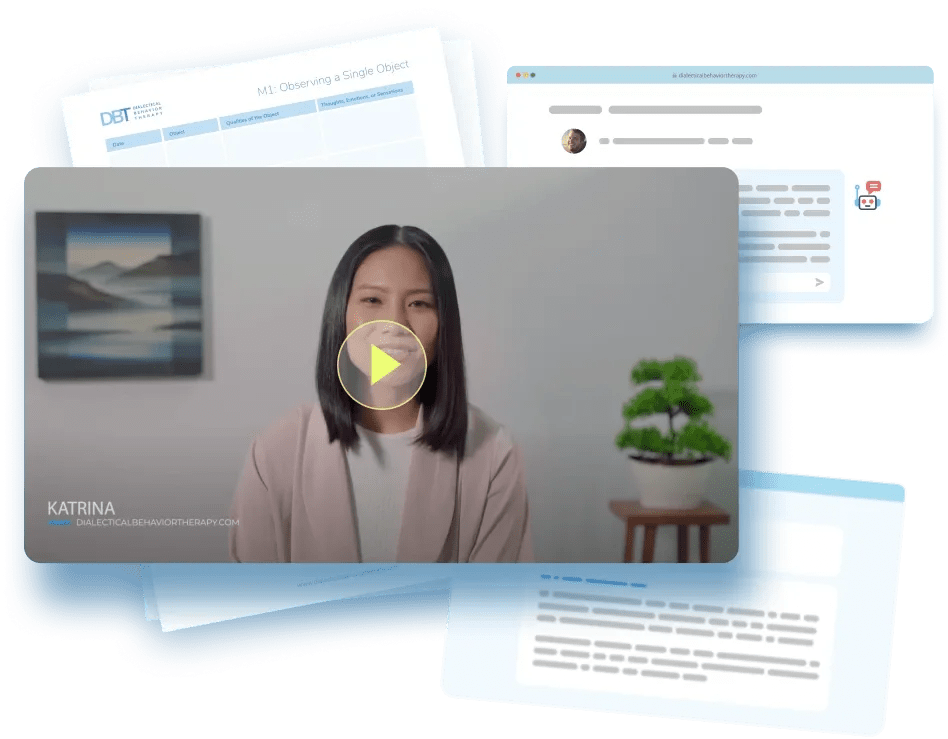SM10: Gratitude Reframe
Virtual Coach
Work step-by-step through the Self-Monitoring & Awareness exercise with the virtual coach.
Introduction
As you’ve practiced tuning in to thoughts, emotions, and values using tools like Thought Labeling, the Values Check-In, and Mood Snapshots, patterns start to become clearer. But the brain’s natural negativity bias means it often overemphasizes what went wrong. Shifting that filter, on purpose, can make a noticeable impact on mood and motivation.
Your brain’s default filter spots hassles faster than blessings. A survival gift that becomes a mood thief. Gratitude Reframe flips that filter: you end each day by scanning for three moments that went right (or could have been worse) and writing why they mattered. Randomized trials show that a two-minute nightly gratitude routine boosts positive mood, reduces anxiety, and even improves sleep within ten days.
Instructions
Goal: Log 3 gratitude items nightly for 14 days.
Time needed: 2–3 minutes.
Step 1: Set a Cue
Choose a consistent time each night, such as after brushing your teeth. Keep your journal and pen on your pillow.
Consistent timing wires the habit.
Step 2: Recall One Moment
Scan the past 24 hours for something positive. It might be a quick joke, a warm coffee, or arriving safely.
Tiny is fine! Micro wins train the lens.
Step 3: Write the “What”
Write one sentence: “Barista remembered my name.”
Use concrete detail to make the memory vivid.
Step 4: Add the “Why”
In a second sentence, answer: “Why did this matter to me?”
Meaning helps cement neural change.
Step 5: Notice the Shift
Pause and rate your mood from 0–10 before and after the entry. Write down the “after” score.
Tracking shows the cumulative lift.
Step 6: Repeat x 3
Capture two more “What + Why” pairs. Then close your journal and say, “Enough for today.”
Stopping at three keeps the ritual quick and sustainable.
Step 7: Weekly Review
On Day 7, skim your entries and circle common themes (e.g., help, beauty, progress).
Patterns often reveal hidden values. Use them to guide your Week 2.
FAQs
Is writing better than thinking it?
Writing anchors memories and increases follow-through; meta-analysis shows written gratitude beats mental lists on well-being outcomes.
What if the day feels terrible?
Shift to relief items (“My phone only cracked, didn’t shatter”) or process wins (“Sent the tough email”).
Won’t this gloss over real problems?
No. You’re widening perspective, not denying issues. Pair gratitude with problem-solving skills (PR1) when action is needed.
Can I use a phone app?
Yes. Any medium works, but disable notifications until after entry to prevent doom-scroll detours.
Disclaimer
If you have any behavioral health questions or concerns, please talk to your healthcare or mental health care provider. This article is supported by peer-reviewed research and information drawn from behavioral health societies and governmental agencies. However, it is not a substitute for professional behavioral health advice, diagnosis, or treatment.

